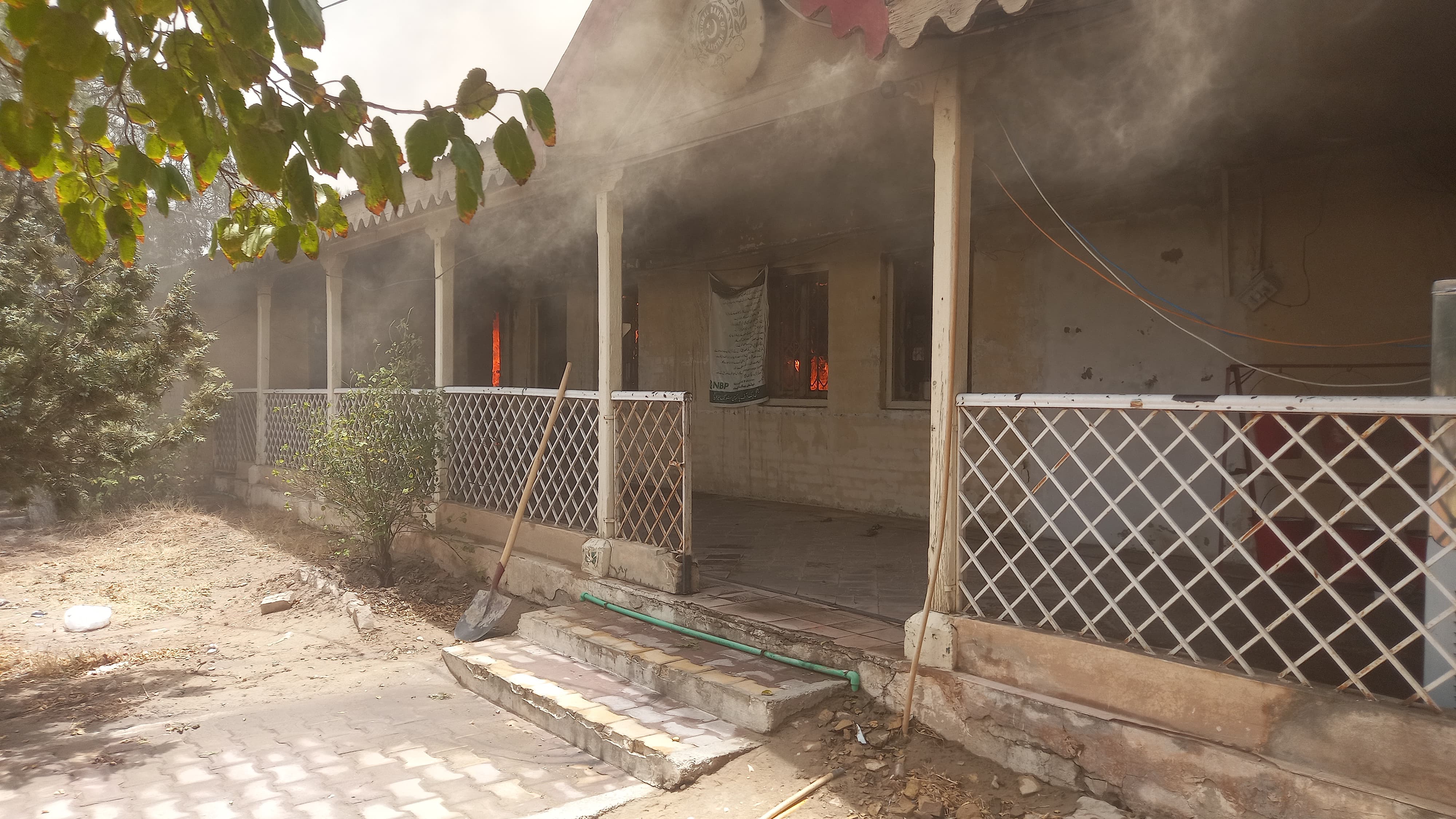Last week, Lake Mead dropped to the lowest levels since the reservoir was filled upon the completion of the Hoover Dam in the 1930s. The Southwest has remained in the grips of an everlasting drought for the past 14 years, forcing waters down more than 130 feet since a high-water mark was last reached in 2000.
As entire marinas run dry, the Bureau of Reclamation fears that an ongoing drought could force the agency to declare a shortage by 2017, which could ultimately affect the more than 40 million people that rely on Lake Mead for water. Take a look at some startling photos of the nation's largest reservoir, now just 39 percent full, below.
As entire marinas run dry, the Bureau of Reclamation fears that an ongoing drought could force the agency to declare a shortage by 2017, which could ultimately affect the more than 40 million people that rely on Lake Mead for water. Take a look at some startling photos of the nation's largest reservoir, now just 39 percent full, below.
-
Ethan Miller / Getty Images
Empty boat slips protrude from the dock at the abandoned Echo Bay Marina on July 13, 2014 in the Lake Mead National Recreation Area, Nevada. The marina closed last year after no businesses wanted to operate it, in part due to falling water levels according to the National Park Service. Last week, North America's largest man-made reservoir dropped below 1,082 feet above sea level, the lowest it's been since the Hoover Dam was built in the 1930s. A 14-year drought in the Southwestern - United States and a dwindling supply of water from the Colorado River, in part due to cuts in the reservoir's annual allocation of water from Lake Powell, has left a white "bathtub ring" of mineral deposits left by higher water levels on the rocks around the lake as high as 130 feet. The National Park Service has been forced to close or extend boat launch ramps, and move entire marinas to try to keep up with the receding water levels.
-
Ethan Miller / Getty Images
A buoy warning "no boats" stands on dirt at the abandoned Echo Bay Marina on July 13, 2014 in the Lake Mead National Recreation Area, Nevada -
Ethan Miller / Getty Images
Shrubs grow around a boat sitting in mud in an area that used to be underwater near Boulder Beach on July 13, 2014 in the Lake Mead National Recreation Area, Nevada. -
Ethan Miller / Getty Images
Boaters near Horsepower Cove pass in front of a white "bathtub ring" on the rocks on July 13, 2014 in the Lake Mead National Recreation Area, Nevada. -
Ethan Miller / Getty Images
A bridge at the Callville Bay Marina is no longer open to lead visitors over the water on July 13, 2014 in the Lake Mead National Recreation Area, Nevada. -
Ethan Miller / Getty Images
A sign at the Echo Bay launch ramp warns boaters about low water levels on July 13, 2014 in the Lake Mead National Recreation Area, Nevada. -
Ethan Miller / Getty Images
A boat paddle lies in cracked mud at the abandoned Echo Bay Marina on July 13, 2014 in the Lake Mead National Recreation Area, Nevada. -
Ethan Miller / Getty Images
Dry cracked earth is shown in an area that used to be underwater near where the Lake Mead Marina was once located on July 17, 2014 in the Lake Mead National Recreation Area, Nevada. -
Ethan Miller / Getty Images
The Arizona Spillway at the Hoover Dam is shown on July 17, 2014 in the Lake Mead National Recreation Area, Arizona. -
Ethan Miller / Getty Images
Passengers taking a boat tour pass in front of a mineral-stained rock wall on July 14, 2014 in the Lake Mead National Recreation Area, Nevada. -
Ethan Miller / Getty Images
Tires once used as a breakwater sit in low water at the abandoned Echo Bay Marina on July 13, 2014 in the Lake Mead National Recreation Area, Nevada. -
Ethan Miller / Getty Images
No water is visible near a fish cleaning station at Las Vegas Bay on July 13, 2014 in the Lake Mead National Recreation Area, Nevada.
Last edited by a moderator:







 Doyle Rice, USA TODAY
Doyle Rice, USA TODAY 





























